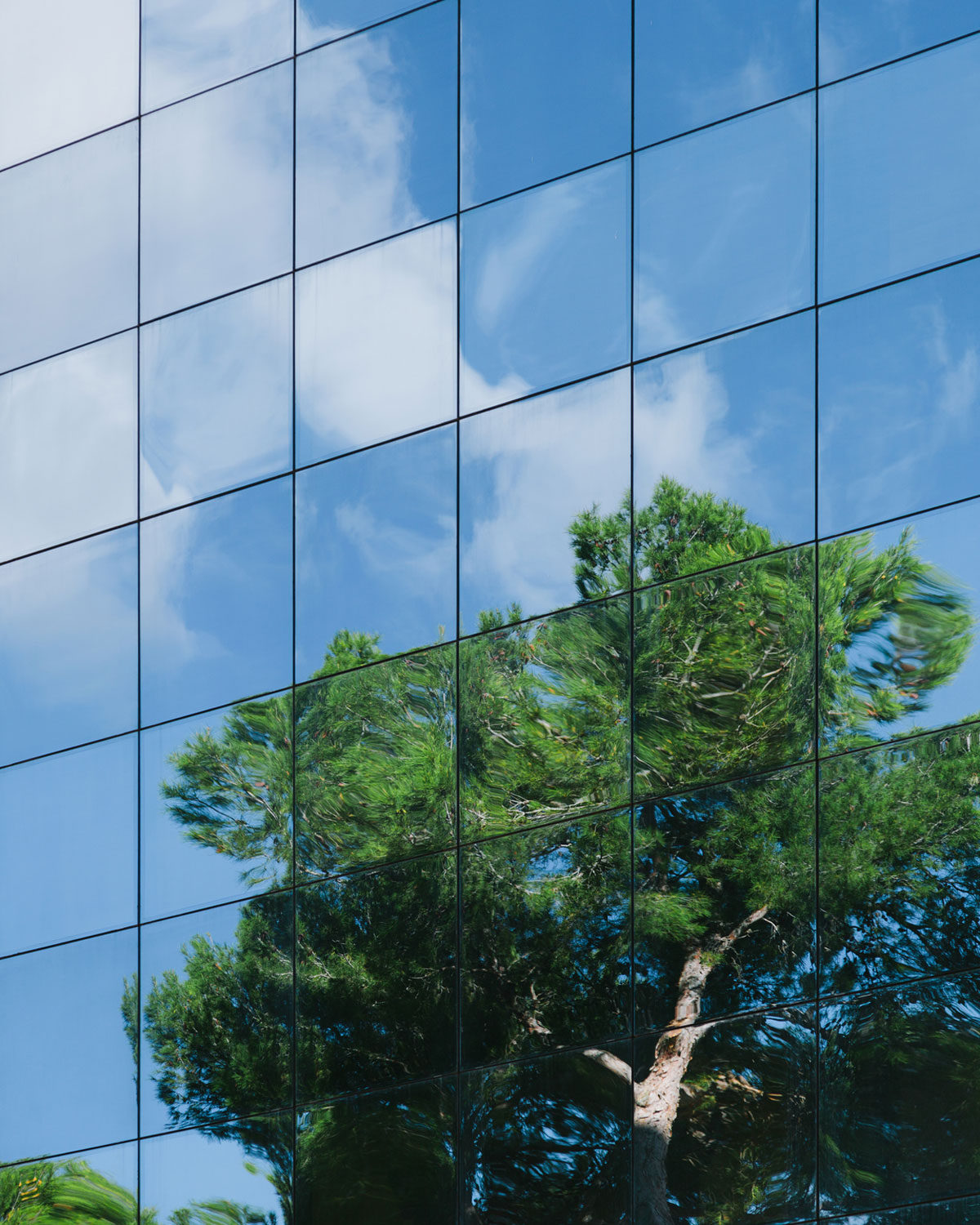Green infrastructure is everywhere we look: in leafy parks, on rooftops, within floral displays and even right in our backyard, creating not only fresh aesthetics, but also environmental, cultural and economic benefits for us all.
But many of our city trees are under siege. And those high at risk are the trees being removed in our urban environments, which creates a flow-on effect that impacts the entire community on a myriad of levels.
There are a number of reasons why our trees are being removed in our metropolitan areas. Storm damage is one, and in the past year, the State Emergency Service (SES) reported almost 18,000 calls from Victorians with damage suffered by storms, including fallen tree limbs. Of course, tree damage and removal for public safety is fundamental, but there are other instances where trees are under siege from illegitimate means. Some are vandalised deliberately, while others are removed by property owners to maximise their private views and increase the value of their property.
Trees are also removed to make way for development, including buildings, roads, traffic and services infrastructure, and these far outweigh the proposals for replanting and creating urban greenspaces. Unfortunately, the real cost robs communities of the joy that green infrastructure provides.
While each tree has a story to tell, combined they strengthen our city’s overall canopy cover, which has been identified as one of the most cost efficient and effective strategies for mitigating the urban heat island effect and adapting to climate change. The City of Melbourne reports that if we replace trees as they are lost and plant new ones at a rate of approximately 3,000 trees by 2040, the canopy cover will be nearly 20 per cent higher than if we stop planting trees. Furthermore, the US Department of Agriculture reports that the net cooling of a young healthy tree is equivalent to ten room-size airconditioners that are operating 20 hours a day.
Trees filter ground water and keep streams healthy, which results in better water quality, and helps with reducing runoff and erosion. Their contribution to air quality is just as important too: by producing oxygen they reduce smog and enhance respiratory health. By sequestering carbon, they reduce greenhouse gasses in the atmosphere.
Many cities have guidelines established by their councils that recognise the importance of protecting green infrastructure, and which also provide for community engagement. The City of Sydney has a Significant Trees Register, which maps a total of 2,674 trees from 157 streets, parks and private properties, with each tree nominated by the community and assessed by industry professionals.
In the City of Melbourne, users can log on to a shared open dataset to download and adapt tree data within 10 urban forest precincts on its interactive map, with individual tree information and tree life expectancy. The City of Melbourne also has an active community that builds awareness of the benefits of green living on its city rooftops, plus other major sustainability projects, including a five million litre water harvesting system built under the 167-year-old Fitzroy Gardens, in the inner city.
What we do know from studies is that trees are good for our mental and physical health. On a larger scale, green space helps our communities grow healthily and happily. We must continue to innovate and prioritise green infrastructure because maintaining a natural balance is vital for a healthy future for us all. And where is the future going to take us, if we don’t act now?
Tags:
architecture | design | ecological | environment | green | landscape | lifestyle | resilience | sustainability | trees | urban
Share:
